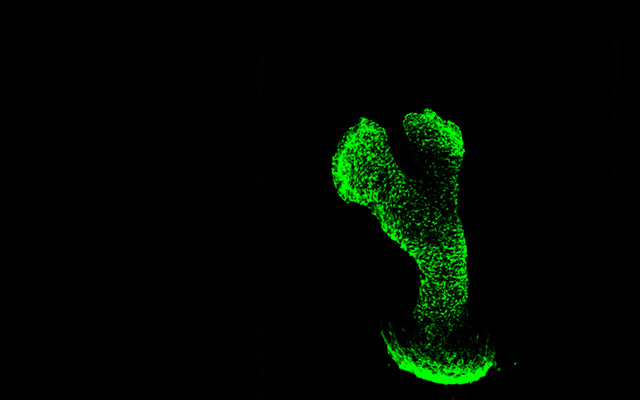Chrysophanol Alleviates Oxygen-Glucose Deprivation-Induced Cardiomyocyte Injury by Inhibiting NLRP3-Mediated Pyroptosis
MEI Lin1,2, CHEN Yunjie3, YAO Yueqing1, XIE Zhenye1, YUAN Xi1, AN Ning4*, CHEN Chuan1*
This study aimed to investigate the protective effect and molecular mechanism of CHR (Chrysophanol) on OGD (oxygen-glucose deprivation)-induced H9c2 cardiomyocyte injury by inhibiting NLRP3-mediated pyroptosis. Subject H9c2 cardiomyocytes to OGD conditions to establish an in vitro model of myocardial ischemia. Cells were treated with CHR (0-80 μmol/L) under normal and OGD conditions to determine the optimal concentration. The H9c2 cardiomyocytes were divided into seven groups: normal control (Control), CHR optimal concentration (CHR), OGD, OGD+CHR, OGD+Nig, OGD+CHR+NLRP3 activator (OGD+CHR+Nig), and OGD+NLRP3 inhibitor (OGD+MCC950). Cell viability was assessed using CCK-8 assay, while LDH (lactate dehydrogenase) release was measured to evaluate cellular damage. Secretion levels of IL-1β and IL-18 in the supernatant were quantified by ELISA. DNA damage was detected via TUNEL staining. NLRP3 inflammasome expression and localization were analyzed by immunofluorescence. Western blot was performed to examine pyroptosis-related proteins (NLRP3, GSDMD-N). The results demonstrated that compared to the Control group, the OGD group exhibited significantly reduced cell viability, along with markedly elevated secretion levels of IL-1β and IL-18, increased DNA damage, elevated LDH content, and upregulated protein expression of NLRP3 and GSDMD-N. In contrast, the OGD+CHR group showed improved cardiomyocyte viability, accompanied by significantly decreased IL-1β and IL-18 secretion, reduced DNA damage, diminished LDH levels, and downregulated NLRP3 and GSDMD-N protein expression compared to the OGD group. However, the OGD+CHR+Nig group displayed significantly increased DNA damage levels, upregulated NLRP3 and GSDMD-N protein expression, and decreased cardiomyocyte viability compared to the OGD+CHR group. Notably, no significant differences were observed in NLRP3/GSDMD-N protein levels, DNA damaged cell counts, or cardiomyocyte viability between the OGD+CHR+Nig and OGD+Nig groups. Intriguingly, the OGD+CHR group showed comparable reductions in IL-1β/IL-18 secretion, LDH content, and NLRP3/GSDMD-N protein expression to those observed in the OGD+MCC950 group, with both groups demonstrating significant decreases compared to the OGD group. These findings suggest that CHR may ameliorate OGDinduced cardiomyocyte injury through suppression of NLRP3-mediated pyroptosis in H9c2 cells.




 CN
CN EN
EN